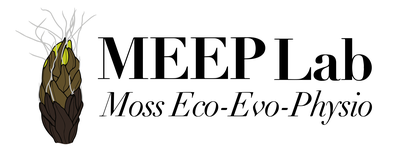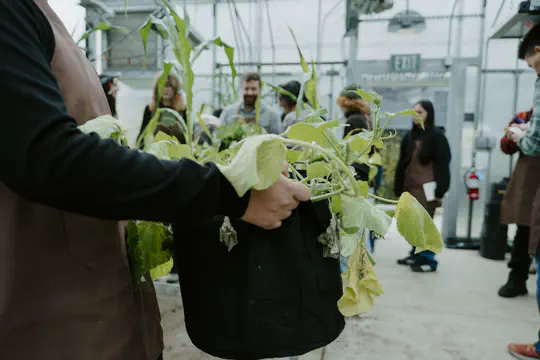Welcome
Check out the Contact page for information about joining the lab.

Latest News
Last fall, our Plant Ecology class combined hands-on experimentation with the Three Sisters planting system, soil nutrient treatments, and the teachings of Braiding Sweetgrass to explore plant interactions, traditional ecological knowledge, and the power of growing in relationship.
